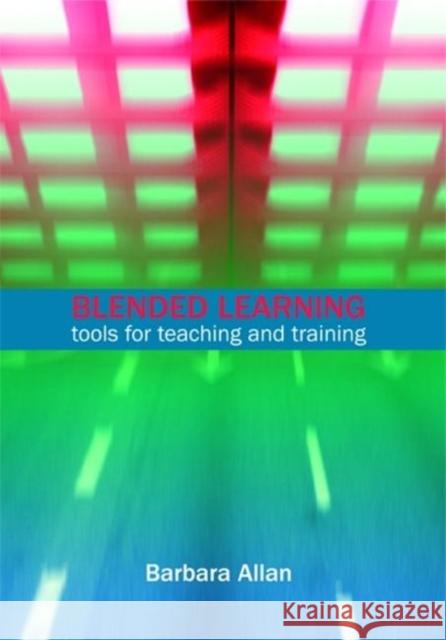Blended Learning: Tools for Teaching and Training » książka
Blended Learning: Tools for Teaching and Training
ISBN-13: 9781856046145 / Angielski / Miękka / 2007 / 192 str.
Education and training have been transformed in the 21st century as a result of changing patterns of work and culture, and learners increasingly expect technology-rich and flexible learning opportunities. Nowadays, learning takes place in a wide range of physical spaces, for example in educational or training organizations, in the workplace or at home, as well as in both public and private virtual spaces. Information professionals currently face the challenge of providing end-user education and staff training to very large and diverse groups, whilst integrating the use of ICT into their teaching. But there seems to be a tendency within the LIS literature to focus solely on the methodologies of face-to-face learning or of e-learning, and this is a lost opportunity.This book offers a holistic blended learning approach, combining the best of traditional and new approaches to learning and teaching to make best use of the advantages of each while minimizing the disadvantages. It provides information professionals with a practical guide to the design and delivery of such training programmes, illustrated with a broad range of library-based examples, checklists and case studies.This book covers key areas which include: tools and technologies in the classroom - virtual communication tools, social-networking software, e-learning systems, m-learning, and models of teaching and learning; planning and designing blended learning programmes; using individual and group learning activities; working as an e-tutor; developing online communities of interest and practice; and, managing blended learning projects - working in collaborative and multi-professional teams. This unique book will be of great value to any information professionals, whatever their previous level of experience, involved in establishing and delivering training and learning programmes and end-user education. It will also benefit staff developers in schools, colleges and higher education; library and information students; independent consultants and trainers; and, information suppliers such as database providers











